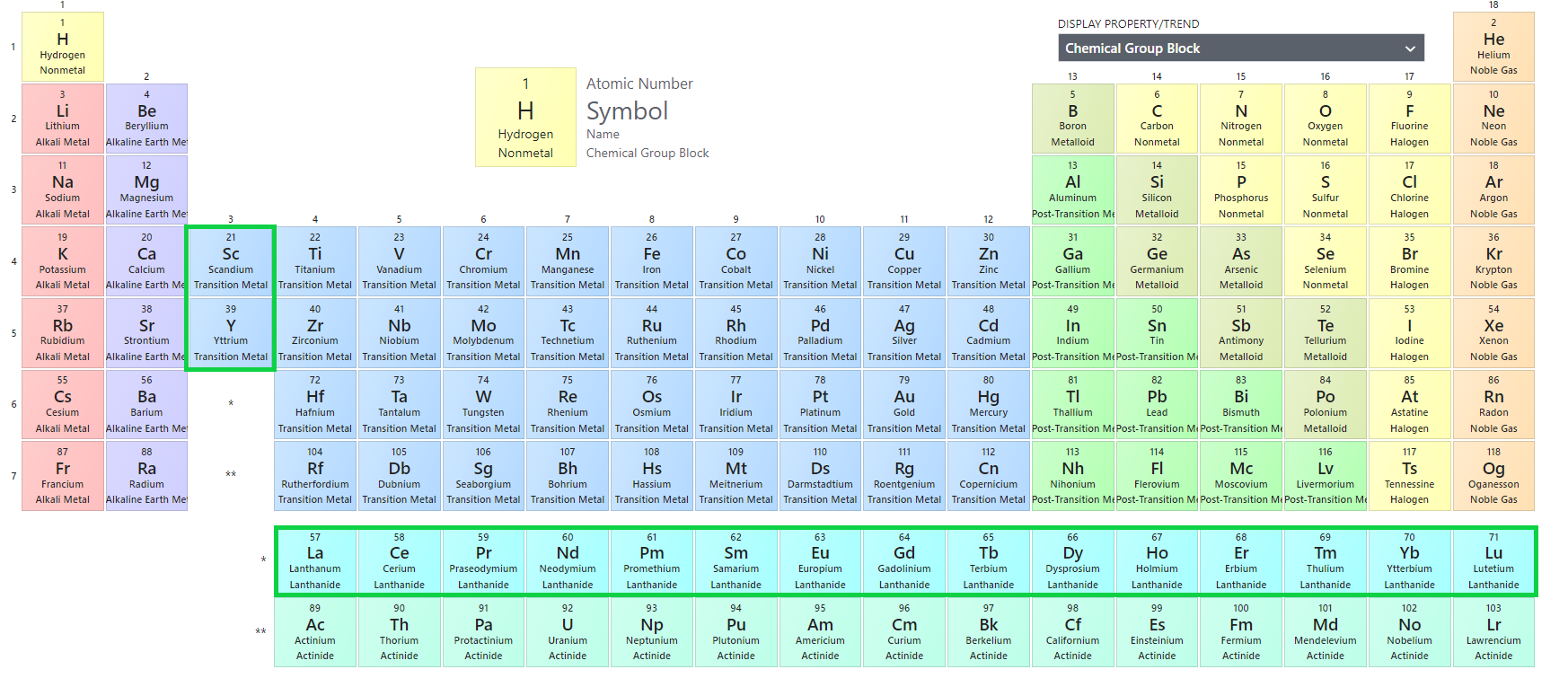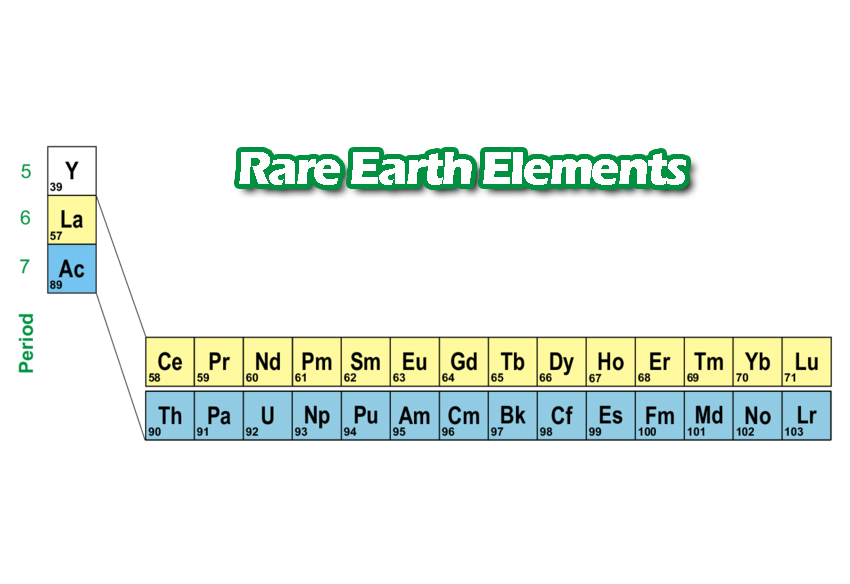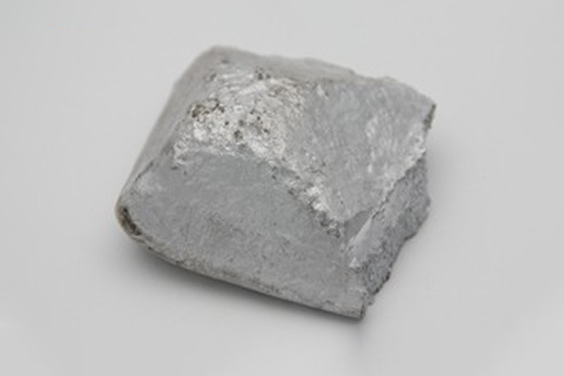Rare Earth Elements (REE) are essential in many modern technologies. These elements consist of 15 lanthanides, along with scandium and yttrium. They occupy a unique position in the periodic table, ranging from atomic number 57 (Lanthanum) to 71 (Lutetium). Scandium (atomic number 21) and Yttrium (atomic number 39) are included because they share similar properties and are often found in the same ore deposits as the lanthanides.

In the rare earth industry, specific abbreviations are commonly used. Familiarity with these terms is important for understanding the conversations surrounding these elements. Below are some key abbreviations along with their meanings:
This term refers to the entire group of elements. It includes all lanthanides and the two additional elements, scandium and yttrium. REEs are crucial for various applications, including electronics and clean energy technologies.

This abbreviation is often used interchangeably with REE. It refers to the broader category that encompasses all rare earth elements. It emphasizes the collective significance of these materials in modern technology.
This term specifically denotes the metallic forms of rare earth elements. REMs are important for manufacturing strong magnets, catalysts, and phosphors used in screens and lighting.

Rare earth oxides are the compounds formed when rare earth elements react with oxygen. They are significant in various industrial processes, especially in ceramics and glass. REOs are often the form in which these elements are traded.
This abbreviation is used when discussing rare earth elements in conjunction with yttrium. Since yttrium is chemically similar to the lanthanides, it is often included in discussions about REE.
Light Rare Earth Elements include:
They are called "light" because they have lower atomic numbers and are generally more abundant than heavy rare earth elements. LREE share similar chemical properties, allowing them to substitute for one another in various compounds. They are used in important applications such as neodymium for strong magnets in electronics, cerium in catalytic converters to reduce emissions, and lanthanum and cerium for improving the optical properties of glass and ceramics. Additionally, LREE are more reactive than their heavy counterparts and can oxidize easily, making their unique properties vital for many modern technologies.batteries and magnets.
Medium Rare Earth Elements (MREE) include:
They are termed "medium" because their atomic numbers fall between those of light and heavy rare earth elements. MREE possess unique properties that make them valuable for specific applications, including their use in phosphors for displays and lighting and in lasers for precise cutting and medical imaging. Their distinct characteristics enhance their importance in various technological fields.
Heavy Rare Earth Elements include:
They are classified as "heavy" due to their higher atomic numbers, which also makes them rarer and often more expensive than light and medium rare earth elements. HREE possess unique properties that are crucial for specialized applications, such as in nuclear reactors, where they help control neutron absorption, and in advanced electronics, where they enhance performance in components like lasers and phosphors. Their scarcity and distinctive characteristics contribute to their high value in technology and industry.
TREO refers to a sample's total amount of rare earth oxides. It is an important measure in the industry, as it indicates the overall quantity of REE contained in ores and other materials.
TREM is similar to TREO but focuses on a sample's total amount of rare earth metals. It is another essential metric for evaluating the content of REE in materials.
Understanding these abbreviations is vital for anyone involved in the rare earth industry. They simplify communication and help clarify discussions about these important elements. As demand for rare earth elements continues to grow in sectors like electronics, renewable energy, and advanced manufacturing, companies like Stanford Advanced Materials Corporation (SAM) play a crucial role. SAM provides high-quality rare earth materials, ensuring industries have access to the resources they need for innovation and development.
Eric Loewen
Eric Loewen graduated from the University of Illinois studying applied chemistry. His educational background gives him a broad base from which to approach many topics. He has been working with topics about advanced materials for over 5 years at Stanford Materials Corporation (SMC). His main purpose in writing these articles is to provide a free, yet quality resource for readers. He welcomes feedback on typos, errors, or differences in opinion that readers come across.

 Inquiry List
Inquiry List



